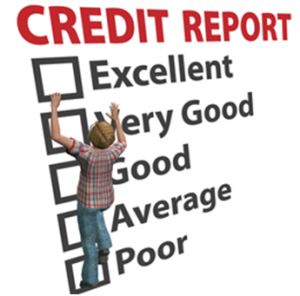 |
For people who suffer from a poor credit score, there is not always a simple way to correct the problem. However, a few simple tricks can help an individual repair bad credit in preparation for the loan application process. The first step in addressing the issue is for the applicant to examine the credit report. If a score is too low to qualify, a computer program will run the numbers to define what action the applicant might be able to take. The detailed analysis also determines if there is any way the score can be boosted to snag a better interest rate. |
After all these measures are exhausted and the credit score still has not reached an appropriate level, an individual should maintain appropriate credit behavior over a set period of time. If paying bills is a problem, a lending firm can set reminders for clients or enroll them in automatic bill pay.
As far as which debt to pay at first, a lender will likely suggest that a client gather all bills to figure out which ones carry the largest interest rates. The best bet is to pay these bills in full, and then pay a minimum due on the others. When a credit card balance hits zero, it is often recommended that the client cease usage of that card and center their attention on paying off other accounts.
In the past, lenders had recommended that customers close any credit cards that were paid off. Over time, they have begun to shy away from this strategy. These days a client who holds credit cards and controls them responsibly will be considered as less of a risk than a client who holds no credit cards. By owning a suitable payment history, clients can generally bump up their scores and increase possibility of score improvement as balances get reduced.
Late payments will have a major impact on a credit score. Accounts that are more than 30 days late are considered to be delinquent. Anything within the past year on a credit report will carry the most weight when a score is determined.